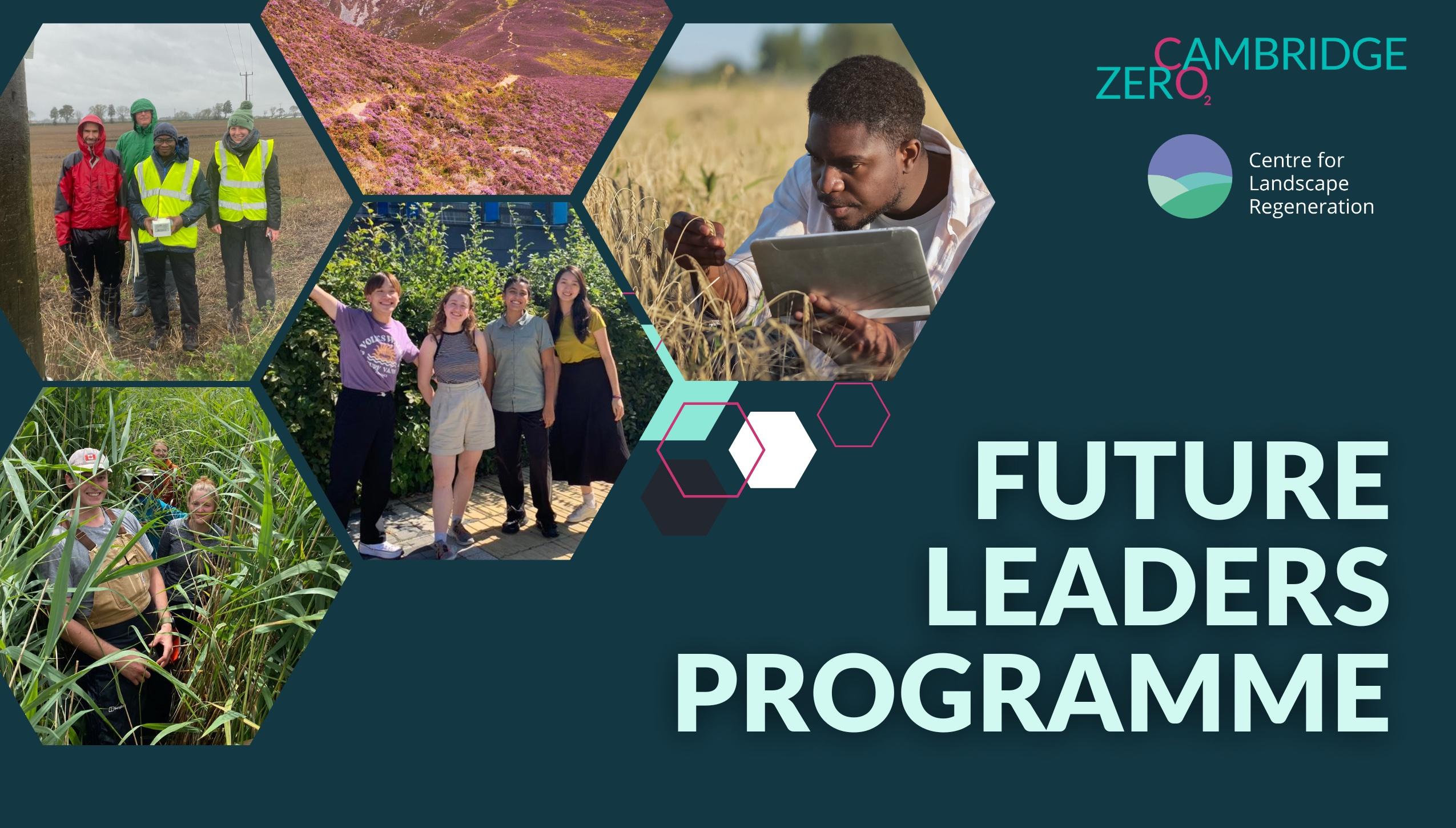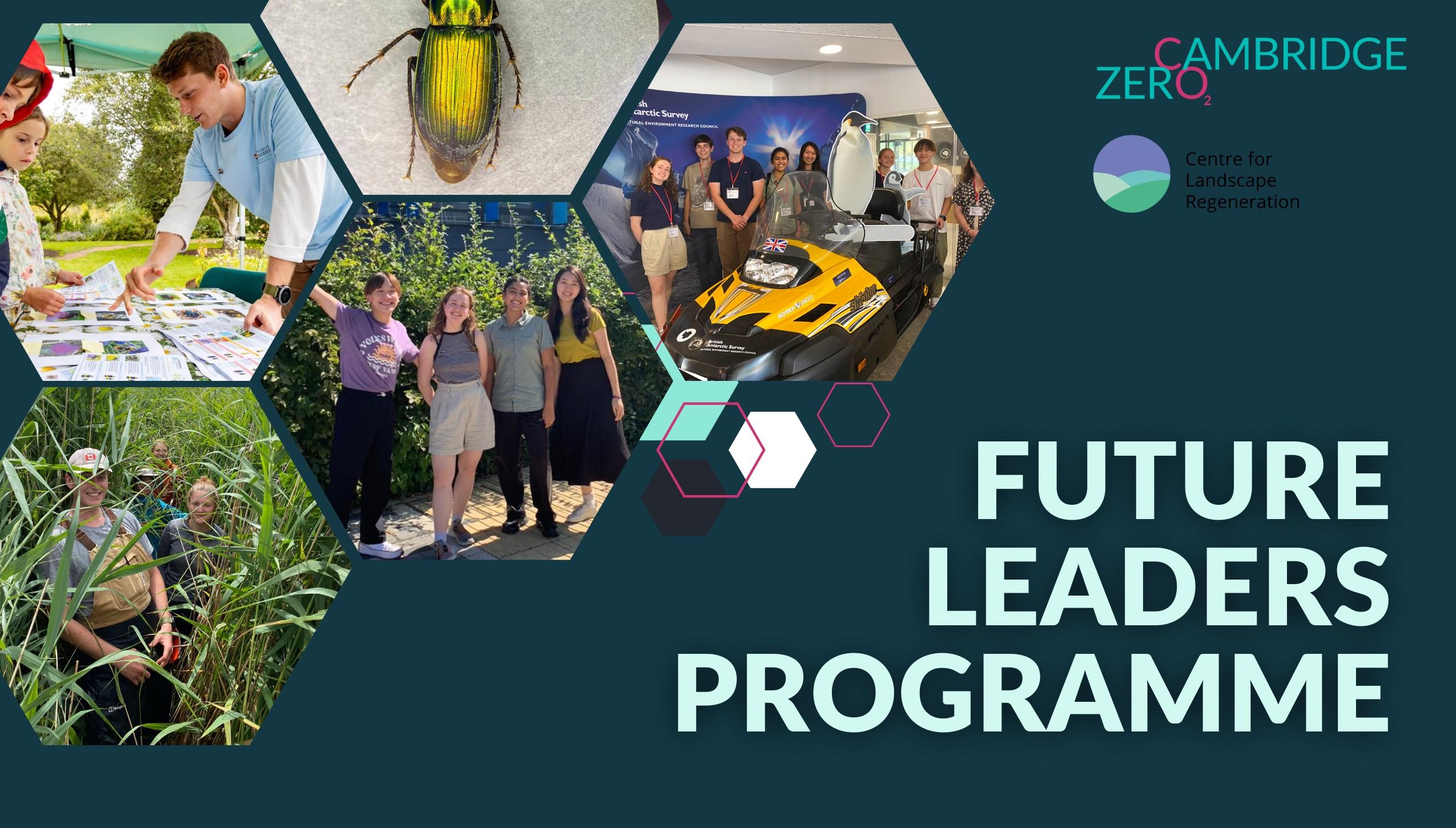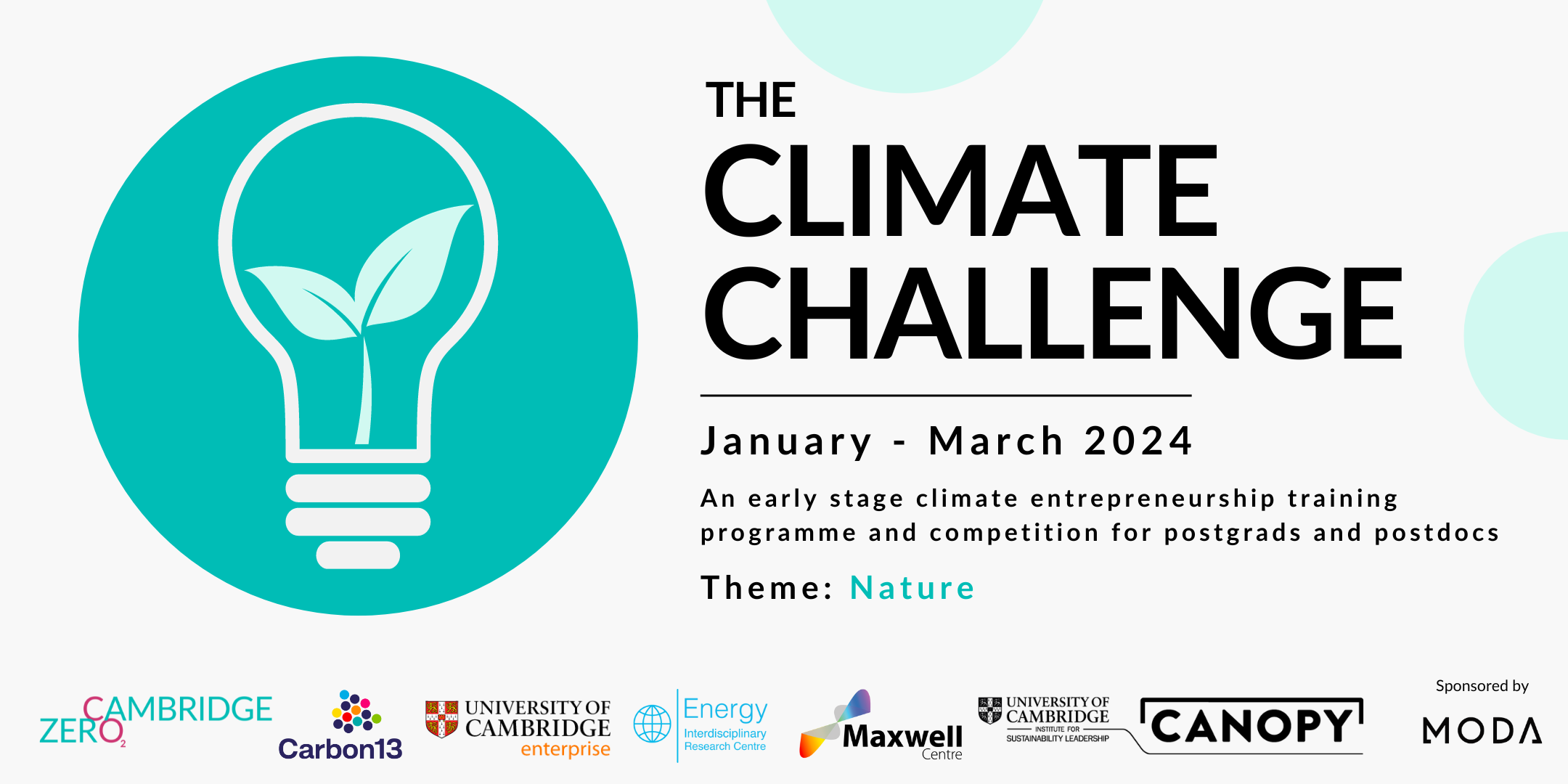According to a report from the natural capital team at the Office for National Statistics, peatlands are a unique ecosystem formed of partially decomposed plant and animal remains which provide over a quarter of the UK’s drinking water and store a significant amount of carbon. Further, they form some of the UK’s most extensive wild spaces and are rich in rare and endangered wildlife, boosting the UK’s biodiversity. Agriculture on lowland peats, mainly in the east of England, includes areas of high cropping value.
So the loss of the Fenland peat is serious both for the challenge of climate change and maintaining, or even increasing, the amount of food that is grown in this country. Dry peat soil tends to oxidise and turn to dust, which then blows away. A conference, organised in early March by members of the staff of Natural England, heard that Defra has convened a Lowland Agricultural Peat Taskforce to deliver recommendations for a new, more sustainable future for agriculture on lowland peatlands in England. It will set out a strategy later this year. An IUCN enquiry sets out the many problems and suggests some solutions.
Maps by the UK Soil Observatory and UK Soil Map are more than 30 years old and up-to-date information on the extent and depth of the peat is badly needed. Wastage varies from 10 to 25mm per year, depending on dainage and other factors, but these are not recent estimates.
About half of the CO2 emitted by UK farming is estimated to come from peat soil. Increasing the water table would have a big positive impact, but is not easy in areas of varying land level. And too much water would cause methane emission.
So how can one rescue the peat without damaging the farmers’ incomes?
One solution is to cover the wetted peat with rafts carrying solar panels, but that goes against the need to protect our food security. The local branch of the Wildlife Trust has a project at the Great Fen to work with local farmers and landowners to test innovative new crops for food, healthcare and industry, and to lock in carbon. For example, covering the peat with sphagnum moss can allow the growing of soft fruit. After a while, the moss dies off below its green surface layer, and the dead material can be sold to grow pot plants or to manufacture nappies.
Planting trees on peatland is usually unwise and can even lead to an increase in net greenhouse gas emissions. The Natural Capital Committee has advised that the wrong trees in the wrong places can have adverse impacts on soil (including soil carbon), water flows, water quality, recreation, biodiversity and air quality.
Peter Landshoff is a retired Professor of Mathematical Physics. His involvement with the natural environment began a decade ago when, as a trustee of what is now Cambridge Past, Present & Future, he set up the Cam Catchment Partnership, which soon became part of the wider Cam Ely-Ouse Catchment Partnership. In 2018, he set up a Forum which became part of Natural Cambridgeshire and has been meeting quarterly to bring experts in the natural environment together with the local authorities in the County.



